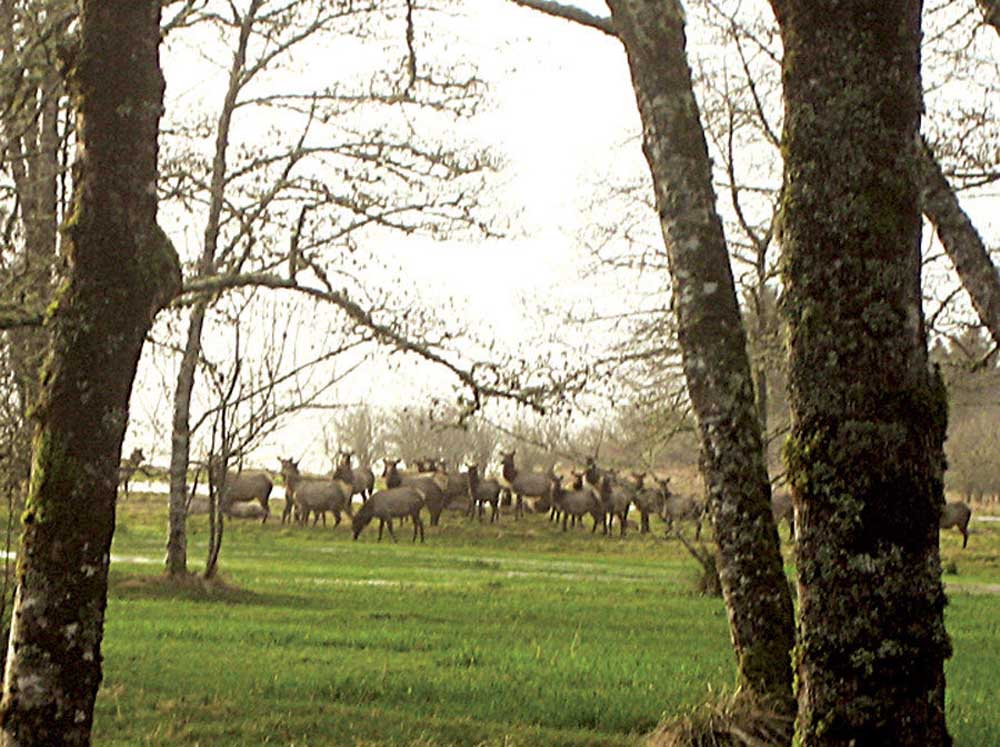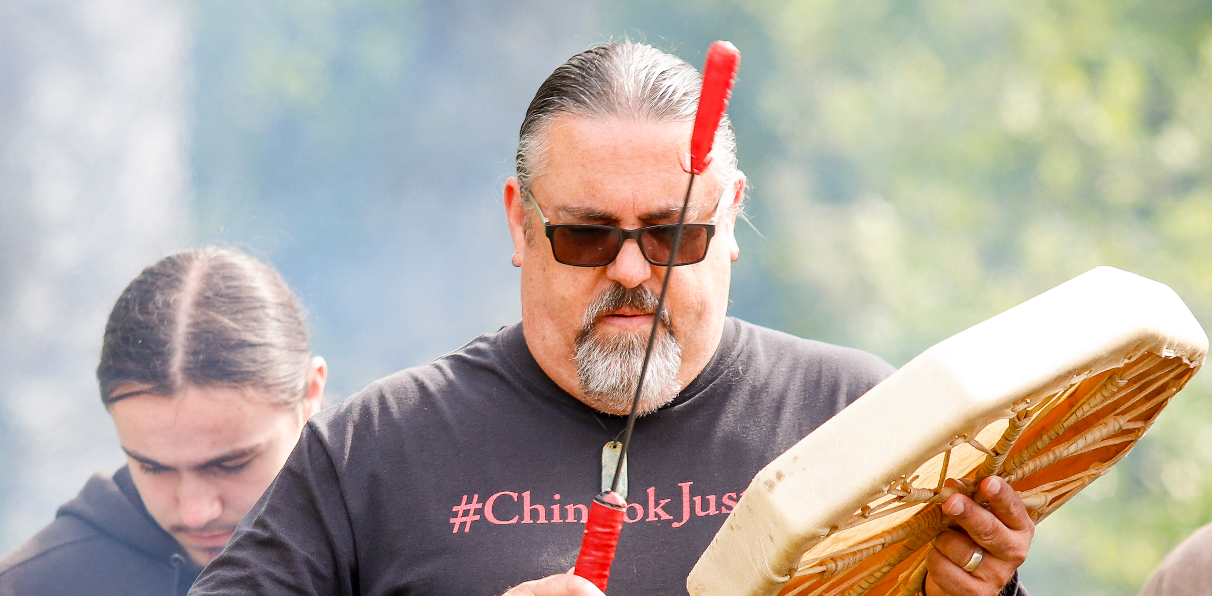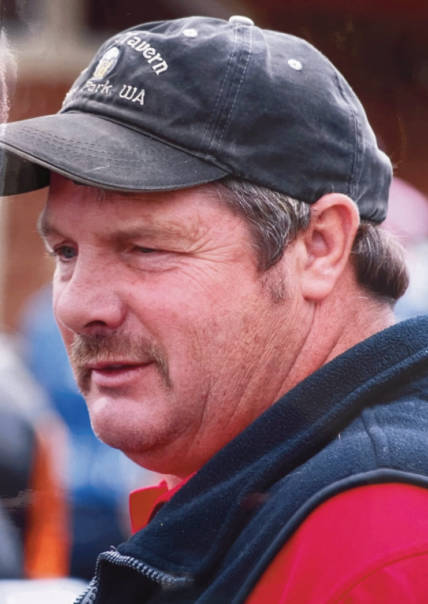Fish & Feathers Elk — a hunter’s dream
Published 9:52 am Tuesday, October 27, 2015

- An elk herd gathered in a Peninsula meadow in 2012.
This is the time of the year when elk hunters get pumped up and envision putting a plump animal in the meat locker. Successful elk hunting requires a lot of planning and scouting. The hunters I have talked to agree that scouting an area well before the season starts greatly increases your chances for success.
Trending
Roosevelt are the subspecies on the west side of Washington. The Boone and Crockett organization recognizes elk west of Interstate 5 as being the only true Roosevelt elk. We are fortunate to have many areas to hunt elk in close proximity to the Long Beach Peninsula. Contrary to what some locals believe, elk do not eat cranberries.
According to tinyurl.com/WashingtonElkHunting, the biggest Roosevelt elk ever taken was from a treestand — an elevated platform temporarily attached to a tree trunk.
Male elk can weigh over 1,000 pounds, females can be 600-plus. Elk will move up and down with the snow area. They will move out if there is more than 20-30 inches of snow on the ground for more than a few days.
Trending
Elk generally shed their antlers anywhere between late January and late March.
Facts about poop: Moist pellets will mean that the animal was there in the last 12 hours. Dry poop means that the animal was there days, weeks or months ago. Soft and clumpy poop means that the animal has been feeding on fruit of wet leafy greens. Poop size is usually associated with the size of the animal. The larger the poop, the bigger the animal.
Elk are considered “grazers” like cows or sheep, not browsers like deer.
A mortally hit elk will almost run downhill or side hill. When we used to hunt in the snow-covered mountains above Enumclaw, tracking elk was fairly easy. Snow made the job a lot more interesting, but it was no gimme. Elk are diurnal, meaning that they are most active at dusk and dawn. Cloudy days increase the time that a elk will spend in the open as the lower light levels will be more spread out.
Never pass up on the first day what you would shoot on the last day of your hunt.
Most big game calibers can be used for elk as long as you shoot well! I have always used a 7 mm mag with 175 grain bullet. For calibers less than .30, use the heaviest load for that caliber.
Being in shape is a must if you are planning to do anything more than road-hunting. It takes a tremendous effort climbing through downed timber, blackberry bushes and vine maples. Most elk country is steep, tall and unforgiving. Exercise is essential before going on a hunt.
Ron Malast can be reached at 665-3573 or raiders7777@centurylink.net.









